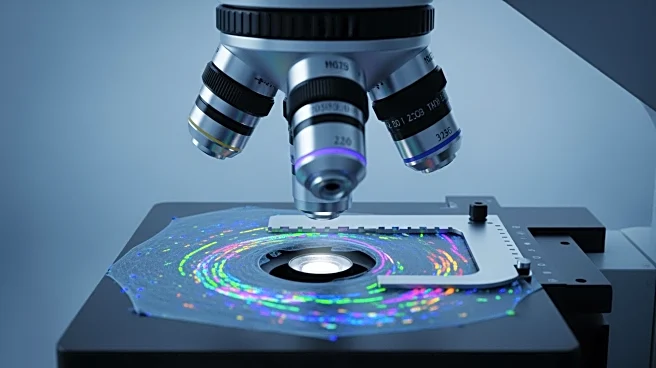What's Happening?
Scientists have unveiled the first draft of an atlas of the developing human brain, identifying new types of brain cells in regions such as the neocortex and striatum. These areas are crucial for controlling
movement and other functions. The research highlights differences in brain development between males and females, influenced by early auditory experiences. This discovery is part of a broader effort to map the human brain and understand its complex structure and functions.
Why It's Important?
The identification of new brain cell types is significant for neuroscience, as it enhances understanding of brain development and function. This knowledge could lead to advancements in treating neurological disorders and improving brain health. By understanding how different brain regions develop and interact, researchers can better address issues related to movement disorders and cognitive functions. The findings also underscore the importance of early auditory experiences in shaping brain development, which could influence educational and therapeutic approaches.
What's Next?
Further research is expected to expand the brain atlas, providing more detailed insights into brain cell types and their functions. Scientists may explore how these newly identified cells contribute to neurological conditions and develop targeted therapies. The ongoing work will likely involve collaboration across neuroscience disciplines to integrate findings into practical applications for brain health and disease treatment.
Beyond the Headlines
The discovery of new brain cells raises ethical considerations regarding brain research and manipulation. As scientists gain more control over understanding brain functions, questions about privacy, consent, and the potential for cognitive enhancement arise. These discussions will be crucial as the field advances and new technologies emerge.












